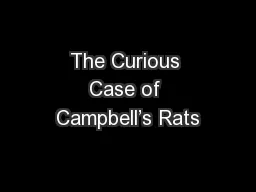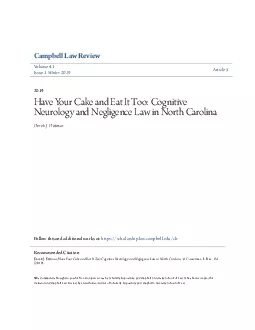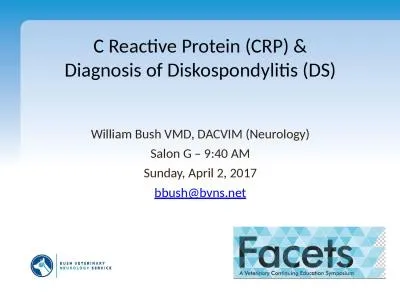PDF-ATIENTALDKaren L Campbell DVM MS DACVIM DACVDProfessor Emerita U
Author : danya | Published Date : 2022-08-16
Definitions Alopecia loss of hairHypotrichosis presence of less than the normal amount of hairMost commonly used in reference to congenital disorders Causes of
Presentation Embed Code
Download Presentation
Download Presentation The PPT/PDF document "ATIENTALDKaren L Campbell DVM MS DACVIM ..." is the property of its rightful owner. Permission is granted to download and print the materials on this website for personal, non-commercial use only, and to display it on your personal computer provided you do not modify the materials and that you retain all copyright notices contained in the materials. By downloading content from our website, you accept the terms of this agreement.
ATIENTALDKaren L Campbell DVM MS DACVIM DACVDProfessor Emerita U: Transcript
Download Rules Of Document
"ATIENTALDKaren L Campbell DVM MS DACVIM DACVDProfessor Emerita U"The content belongs to its owner. You may download and print it for personal use, without modification, and keep all copyright notices. By downloading, you agree to these terms.
Related Documents














